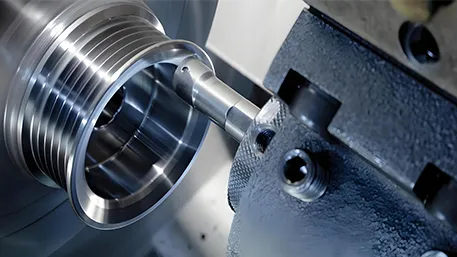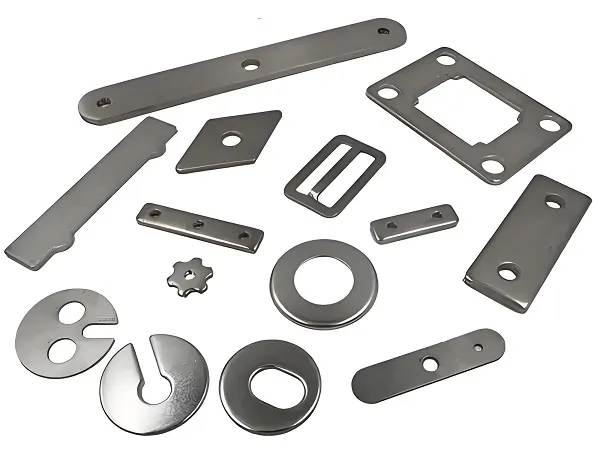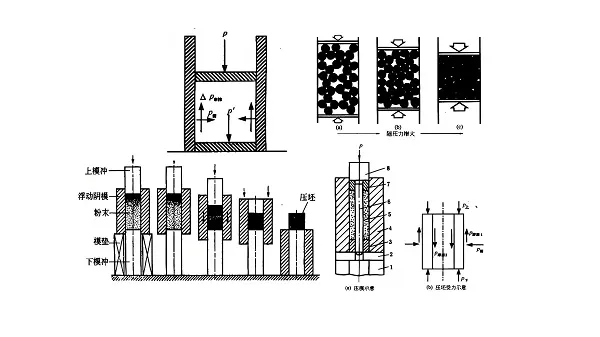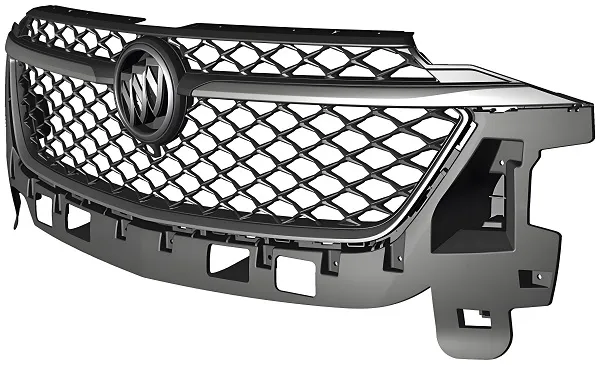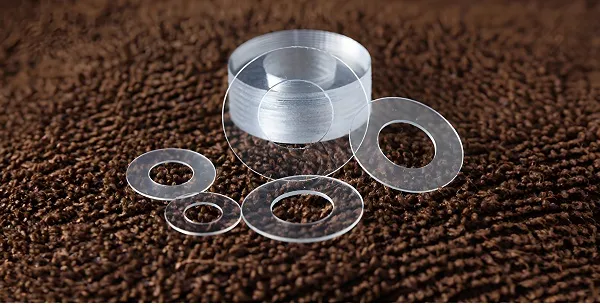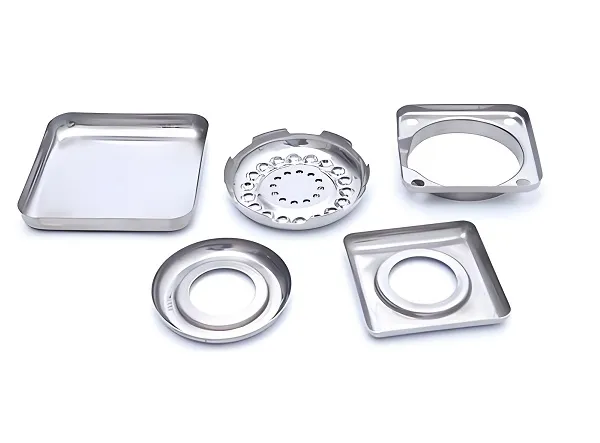Rubber molded parts are rubber products that are manufactured through a mold forming process. These products have a wide range of applications in a number of industries, including but not limited to automotive, electronics, medical, and construction. Rubber molded parts have excellent elasticity, abrasion resistance, corrosion resistance, sealing and insulation characteristics, and can meet a variety of complex working environment and performance requirements.
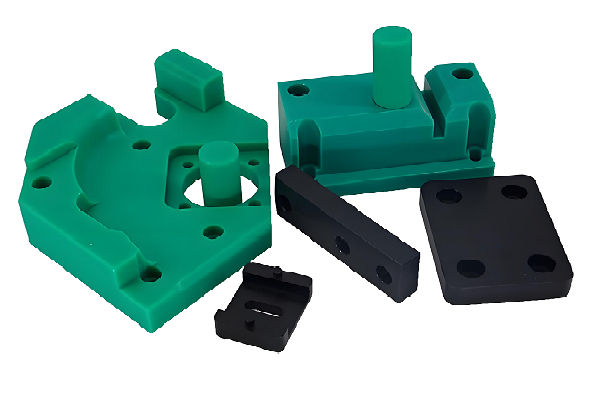
1.Manufacturing process of rubber molded parts
The manufacturing process of rubber molded parts usually includes the following key steps:
1.1 raw material preparation: select the appropriate rubber materials, and according to product requirements to add a variety of matching agents (such as vulcanizing agents, plasticizers, fillers, etc.), through the mixing process made of rubber mixing.
1.2 Mold design: According to the product drawings or samples, design a mold that meets the requirements. The design of the mold needs to take into account the shape, size, precision, and demolding mode and other factors.
1.3 Molding process: put the mixed rubber material into the mold, through heating, pressure and other process conditions to make the rubber material in the mold flow and fill the mold cavity. There are various molding methods, such as injection molding, compression molding, extrusion molding and so on.
1.4 Vulcanization treatment: after the rubber material is molded in the mold, it needs to be vulcanized. Vulcanization is to make the rubber molecular chain cross-linking reaction by heating, so as to improve the physical properties and chemical stability of rubber products.
1.5 Post-treatment: After vulcanization, the rubber molded parts need to be deburred, polished, inspected and other post-treatment processes, in order to improve the appearance of the product quality and performance stability.
1.6 Quality inspection: the quality inspection of rubber molded parts produced, including dimensional accuracy, appearance quality, physical and chemical properties and other aspects of the test, to ensure that the product meets the design requirements and customer requirements.
2.Customized rubber molded parts process
Custom Rubber Molded Parts is a process that involves multiple steps and expertise to produce rubber products that meet specific specifications, dimensions and performance requirements. The following is a detailed explanation of the custom rubber molded parts process:
2.1 Demand Analysis
First of all, it is necessary to define the customer’s needs, including the purpose of the rubber molded parts, the working environment, the required performance (e.g. abrasion resistance, corrosion resistance, elasticity, etc.), dimensional accuracy, and appearance requirements. This information is the basis for subsequent design, material selection and processing.
2.2 Material Selection
According to the results of the demand analysis, select the appropriate rubber material. There are many types of rubber materials, such as natural rubber, synthetic rubber (e.g., styrene-butadiene rubber, neoprene rubber, silicone rubber, etc.), etc., each of which has its own unique physical and chemical properties. Choosing the right material is crucial to ensure the performance of rubber molded parts.
2.3 Mold Design
Molds are the key tool for customizing rubber molded parts. The design of the mold needs to be accurately calculated and designed according to the shape, size and accuracy requirements of the product. The design quality of the mold directly affects the molding quality and production efficiency of rubber molded parts. After the mold design is completed, it needs to be processed and manufactured, including the cutting, grinding, polishing and other processes of the mold.
2.4 Rubber Mixing
Selected rubber materials and various matching agents (such as vulcanizing agent, plasticizer, filler, etc.) are mixed according to a certain ratio to form a processable rubber compound. The quality of the rubber compound directly affects the physical and chemical properties of the rubber molded parts.
2.5 Molding process
Put the mixed rubber material into the mold, and make the rubber material flow in the mold and fill the mold cavity through pressure, heating and other process conditions. After the rubber material is cooled and cured, the mold is opened and the rubber molded part is taken out. There are various methods of molding processing, such as injection molding, compression molding, extrusion molding, etc. The specific choice of which method depends on the shape and size of the product and production efficiency requirements.
2.6 Post-processing
Necessary post-processing, such as deburring, grinding, inspection, etc., is carried out on the rubber molded parts taken out. The purpose of post-treatment is to improve the appearance quality and performance stability of rubber molded parts.
2.7 Quality Inspection
Carry out quality inspection on the produced rubber molded parts, including dimensional accuracy, appearance quality, physical and chemical properties and other aspects of the test. Ensure that the products meet the design requirements and customer requirements.
2.8 Packaging and delivery
Pack the qualified rubber molded parts and ship them according to customers’ requirements.
3.Application fields of rubber molded parts
Rubber molded parts are especially widely used in the automobile industry, such as seals (such as engine gaskets, oil seals, etc.), shock absorbers (such as suspension shock absorbers), transmission parts (such as timing belts), etc. In the electronics industry, rubber molded parts are widely used in the automobile industry. In the electronics industry, rubber molded parts are commonly used in the manufacture of a variety of gaskets, keys, dust cover and other components. In the medical industry, rubber molded parts are used to manufacture a variety of medical equipment seals, catheters, infusion bags and other parts.
4. Advantages of rubber molded parts
Rubber molded parts have many advantages, such as:
Good elasticity: able to absorb and disperse shock and vibration, protecting equipment and parts from damage.
Excellent sealing: can ensure the air and water tightness of equipment and systems, prevent leakage and pollution.
Corrosion resistance: able to be used in harsh working environments for long periods of time without corrosion.
Good processing performance: easy to be made into a variety of complex shapes and sizes of products through the mold forming process.

